Premium Only Content
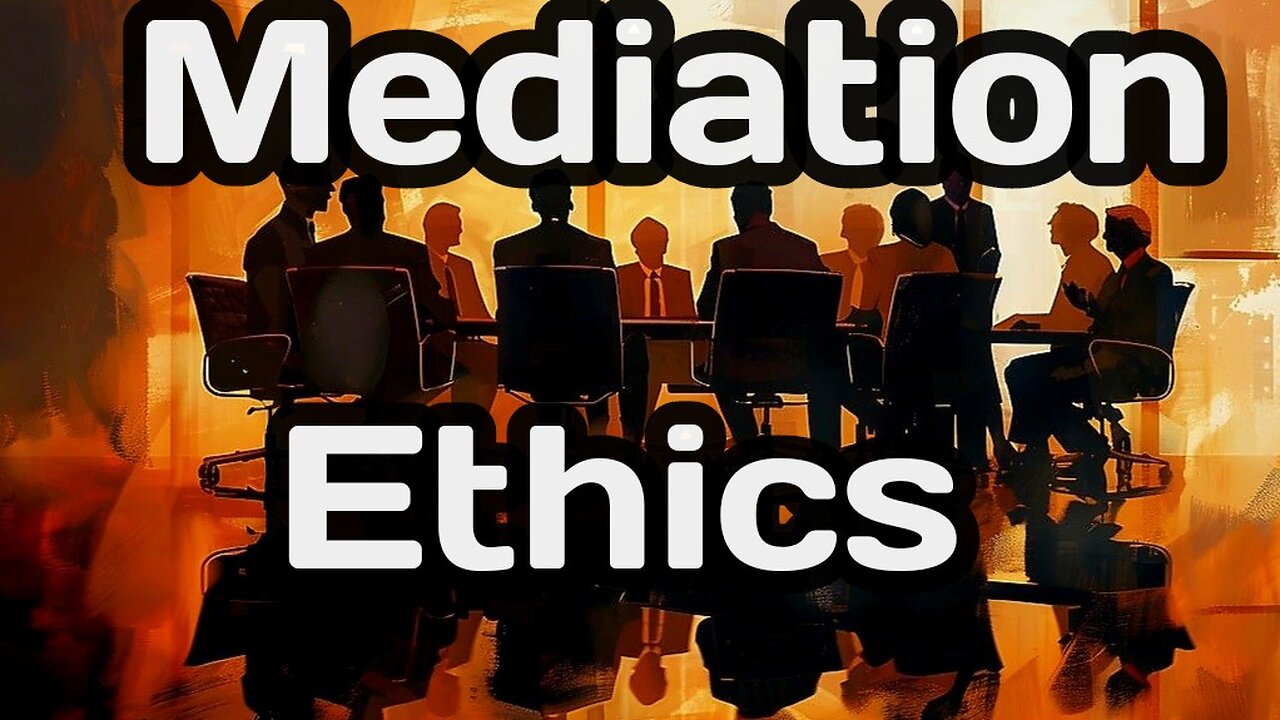
The Mediation Process and Ethics of Breaking a "Best & Final" Offer (1 HR of CME Credit in Ethics)
In this video, Ken does a #mediation #continuingeducation #lecture on the mediation process and ethics of breaking a "best & final" offer. This lecture may be used for 1 hour of Continuing Mediator Education (CME) credit in #ethics where allowed by law. Please check your certifying authority before claiming any credit for watching this video.
If you are interested in becoming a #mediator, want to learn more about #alternativedisputeresolution, or #conflicresolution then this is an excellent resource video. You may also want to watch these two @courtroom5 interviews with Ken:
Mediator Interview: https://www.youtube.com/live/4DCY5-HK-9c?si=P5qSKNG6Tm14xscA
Restroative Justice Interview: https://www.youtube.com/live/iPc4AW778wE?si=nbYM1-QYSyIPJS4-
To help with the learning process, some people like for a study guide, so here is one you can copy and paste to follow along with the video:
STUDY GUIDE TO
"The Mediation Process and Ethics of Breaking a "Best & Final" Offer:
(Note: The questions are randomized, so the answers may not always follow the video)
1. ____________ Mediation is the only type of certifiable regulated in Florida.
2. The ____________ certifies and decertifies mediators in Florida.
3. Certified mediators in Florida enjoy ____________ immunity.
4. The Latin for "Devil's advocate" is ____________.
5. Suum cique means ____________.
6. ____________ cloud our ability to see alternative options or realities.
7. Besides governmental agencies, a ____________ can be used to facilitate mediations in conflicts.
8. ADR stands for ____________.
9. A ____________ is the only document from a mediation that isn't confidential.
10. The ____________ Model of Conflict talks about Outer Leaves, Inner Leaves, and Core to a conflict.
11. ____________ is also called "no agreement."
12. A ____________ is something you wish to keep secret and that might hurt your position of the other side knows about it.
13. A ____________ implies the threat of impasse if the other side does not agree.
14. The first step in breaking a "best & final" offer is to keep ____________.
15. The second step in breaking a "best & final" offer is called an ____________. Consisting of asking about ____________ should an impasse occur, ____________ costs one my incur, a loss of ____________, ____________ costs, and loss of ____________.
16. The ____________ is considered a last ditch effort for the mediator to propose a settlement figure with the implications that an impasse will be the result if either side disagrees.
17. The last option to breaking a "best & final" offer is to bring the parties back to general caucus. This is effective about ____________ of the time.
18. Two valid outcomes to a mediation are a settlement agreement or an ____________.
19. The parties own the ____________.
20. The mediator owns the ____________.
21. A Mediator ____________ (or Mediator Report) is a document the mediator files with the agency in charge of handling the mediations.
22. ____________ are the disparity between the low and high numbers last offered by the parties.
23. The ____________ is a 3-edged sword.
24. There are ____________ sides to every (USA) coin.
25. A mediator cannot force a party to ____________ once an ____________ has been called for.
26. A ____________ is a data-driven approach to make business decisions.
27. A mediator must do all challenges and suggestions in the form of ____________.
28. Ken is certified by two Florida agencies and one federal agency. They are the ____________, ____________, and ____________.
29. ____________, also called ____________, is a process used in insurance disputes to avoid court and generally used after mediation fails. It involves experts making estimates and a neutral party deciding the fate of the case.
30. ____________ is another possible dispute resolution practice. It can be either binding or non-binding with either a certified lawyer, retired judge, or panel of three certified mediator serving jointly on a panel.
Table of Contents:
Intro 0:00:00-0:01:56
Facilitated Mediations & Mediator's Role/Purpose 0:01:57-0:06:49
How Do Parties Arrive At Mediations? 0:06:50-0:11:46
Confidentiality 0:11:47-0:16:04
The Process 0:16:05-0:22:46
Gross vs. Net (aka New Money) 0:22:47-0:25:25
"Best & Final" Offers, Aftermath (Game Plan), and Motivations to Impasse 0:25:56-0:34:05
Step 1 0:34:06-0:38:11
Step 2 0:38:12-0:47:49
Step 3 0:47:50-0:50:53
Step 4 0:50:54-0:56:04
Ethical Implications 0:56:05-1:02:25
Wrap-Up & Outro 1:02:26-1:06:51
-
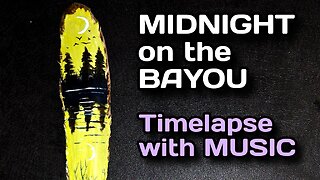 11:12
11:12
Ken Johnson Channel
17 days agoMidnight on the Bayou {Timelapse with Music}
211 -
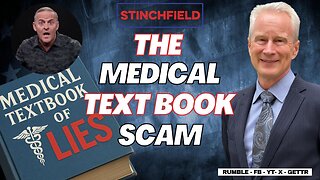 LIVE
LIVE
Grant Stinchfield
1 hour agoBig Pharma’s Dirty Secret: It Writes the Medical School Curriculum
106 watching -
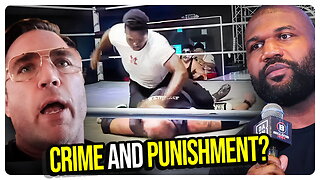 1:10:58
1:10:58
vivafrei
3 hours agoBanning the Burning of the Flag? Raja Jackson Assault & Some Insanely Stupid Takes! NYC Chems & MORE
29.1K31 -
 LIVE
LIVE
LFA TV
6 hours agoLFA TV ALL DAY STREAM - TUESDAY 8/26/25
4,718 watching -
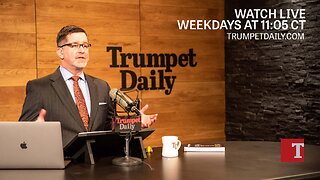 LIVE
LIVE
Trumpet Daily
1 hour agoTrumpet Daily LIVE | Aug. 26, 2025
386 watching -
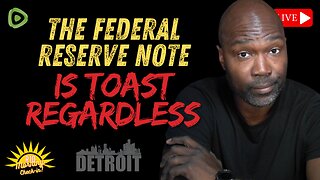 34:31
34:31
Rethinking the Dollar
1 hour agoTrump Pressures FOMC: Is a September Rate Cut Guaranteed? | Morning Check-In: Let's Talk...
10.9K -
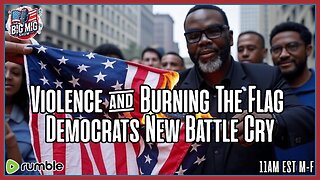 1:21:20
1:21:20
The Big Mig™
4 hours agoViolence & Burning The U.S. Flag, Democrats New Battle Cry
44.7K10 -
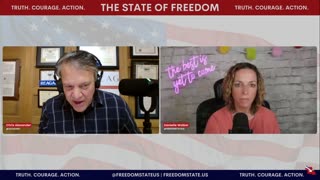 1:08:09
1:08:09
The State of Freedom
4 hours ago $0.33 earned#327 Digging Deeper into the Carbon Capture Scam w/ Brad LeBlanc
15K -
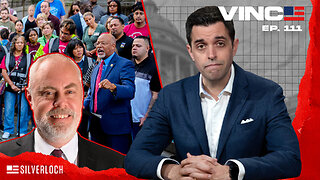 38:39
38:39
VINCE
4 hours agoThis Is How The Media Spins The News | Episode 111 - 08/26/25
137K79 -
 2:02:25
2:02:25
Badlands Media
9 hours agoBadlands Daily: August 26, 2025
39.6K5